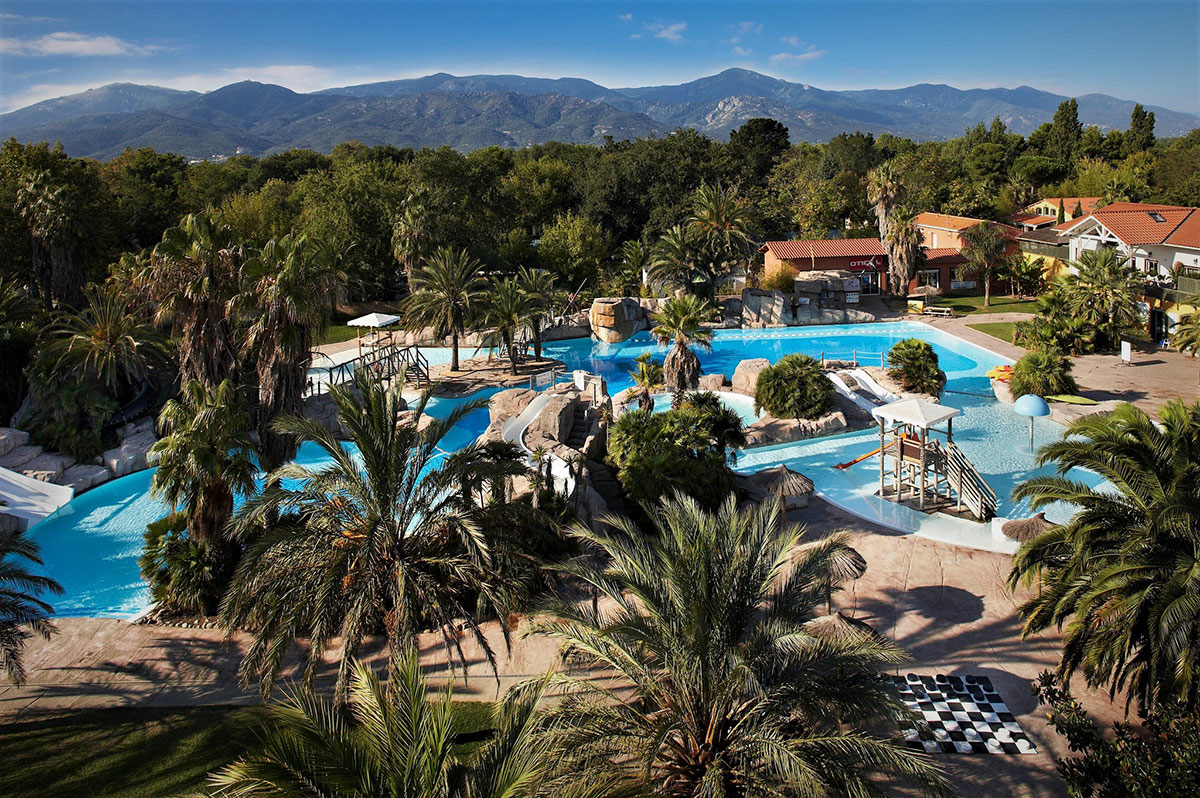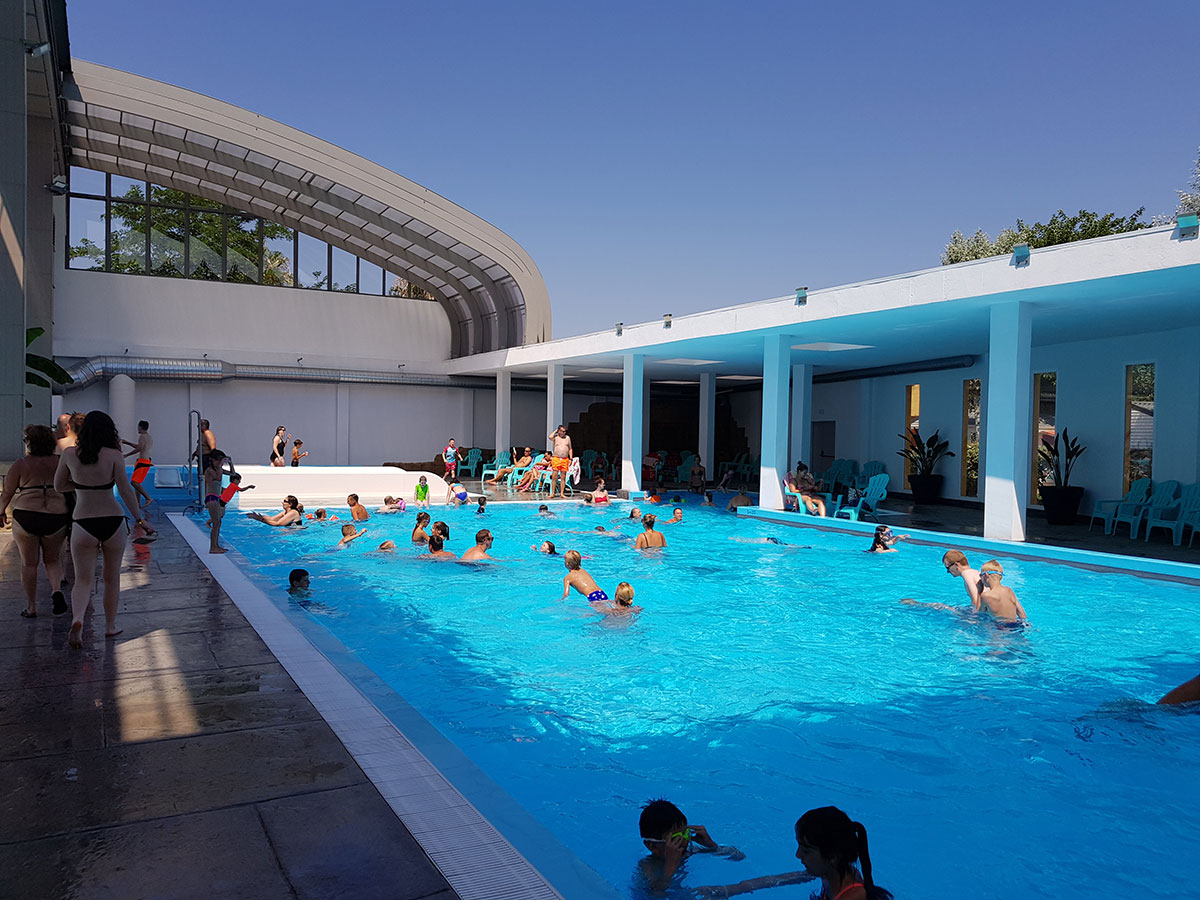For at least a decade, long before the health crisis in 2019 and 2020, the camping sector has been accumulating excellent economic data and campers’ numbers. After the pandemic, the trend is not only continuing, but seems to be deepening. In view of this fact, and according to recent reports in the specialised media, property investors are not indifferent. They see the business as a good option to put their capital to work. But before analysing what advantages these investors find in campsite operations, let’s take a look at some data which, although they correspond to a regional perspective, serve very well to get an idea of the progress of this particular part of the leisure and tourism industry.
According to Statista, a European provider of market data and consumer information, the 28,600 or so campsites in Europe welcomed 25.68 million campers in 2022. By contrast, in 2023, Statista projects 29.34 million visitors, a growth of 14.2%. It forecasts a compound annual growth of around 3.18% over the next four years, until 2027, when they will welcome 33.25 million guests.

For data from North America, the world’s largest market for the camping industry, we turned to the latest available report from KOA (Kampgrounds [sic] of America, the world’s largest privately owned campsite system, with 500 campsites in the US and Canada). However, the methodology of the studies published by KOA is different from that of other sources and, in this case, the report consulted refers to “camper households“, or also “households that camp”, and not to individual campers or guests. Therefore, according to its latest report, between 2014 and 2021, the number of camper households grew at a compound annual rate of 3.96%, from about 71.5 million in the first year to 93.8 million in the last year.
As for European campsite revenues, we return to Statista to find that they are expected to reach €4.98 billion in Europe in 2023, up 18.7% on the previous year. The agency projects the market volume to reach €5.69 billion in 2027, with a compound annual growth rate of 3.39%. By contrast, in the Americas region, Statista forecasts growth of 9% in 2023, to €22.83 billion, and a compound annual growth rate for the following years of 2.57%, to €25.27 billion in 2027. Suffice to add that, according to the sources consulted, the yields offered by a well-managed campsite, with appropriate optimisation of investment and operating costs, can reach 12%, comparable to those of the hotel segment.

Having verified the data, we can glimpse a promising future for the type of operation that campsites represent, and we understand the growing interest of real estate investors in them. However, these developers also value other factors, not so much quantitative as qualitative. Indeed, campsites are greener and more sustainable accommodation alternatives, and less invasive than other options. Moreover, they now often offer the added value of a level of comfort and convenience that was lacking a few decades ago. In addition to glamping areas, spas, swimming pools, water slides, stages for shows, children’s and outdoor activities, gyms, yoga, kayaking, golf… are now added to their much more diversified offer.

Finally, other sources point to the relative security of income in seasonal periods, the fact that campsite tenants, whose stays are shorter than in other types of accommodation, are often less problematic, as advantages that attract investors. In addition, simple grounds maintenance, property insurance or taxes are often less burdensome than those of large hotel buildings.
Sources: Statista Europe, Statista Américas, KOA, Idealista.com, Equity Multiple, Jellystone Park Camp-Resorts, Hosteltur.






